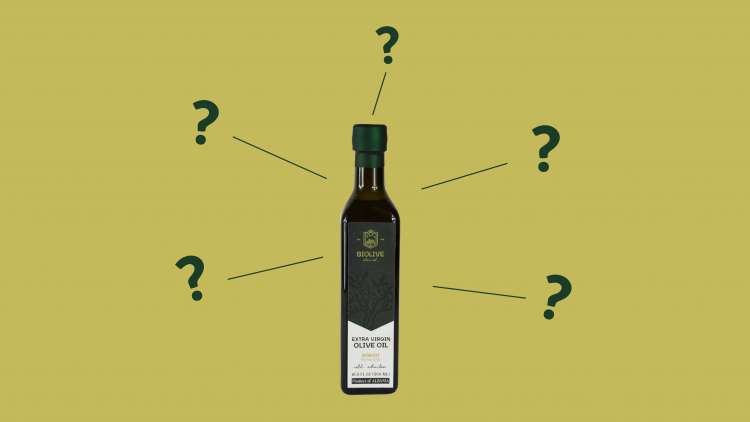The splendor of olive oil lies in its myriad of delightful aromas and flavors, ranging from luscious ripe olives to vibrant green grassy notes, and from gentle, subtle finishes to bold, zesty peppery kicks. A world of sensory exploration awaits the intrepid adventurer. However, as with any great explorer, one must also confront risks or defects as we like to call them. Hence, this is an introduction to the most prevalent defects found in olive oil: their names, causes, and how to identify their presence.
When it comes to discussing defects in olive oil, the conversation must start with rancidity. Unfortunately, many people in the US are accustomed to the taste of rancid olive oil. This is because olive oil has become a regular presence in kitchens and people are not aware of its perishable nature.
Olive oil is at its best when it's fresh. All olive oils, even the finest ones, will eventually turn rancid. The speed at which this occurs depends on various factors, such as storage temperature, exposure to air and light, and the amount of natural antioxidants in the oil. As a result, it's crucial to avoid hoarding olive oil and use it when it's still fresh.
To recognize rancidity, it's important to know what it smells and tastes like. Rancid oil often smells like crayons or old peanuts, and it has a greasy mouthfeel. While the "Best By" date on the bottle can provide a general idea of its age, it's best to check the harvest date since it's a more reliable indicator. Olive oil is best consumed within a year of harvest.
Another common defect of olive oil is called "fusty," which is caused by fermentation in the absence of oxygen. Olives left to sit for even a few days can produce fusty olive oil. Unfortunately, for many people in the US and abroad, fusty flavors in olive oil are the norm. A good way to recognize the fusty smell is to taste a brown and mushy olive, which has the same flavor.
When shopping for olive oil, it's crucial to prioritize freshness. Check the dates on the bottle and don’t forget the harvest date. It's also important to taste the oil before purchasing it and to return it if it's rancid. By paying attention to the flavors of olive oil and experimenting in the kitchen, people can discover the various tastes and nuances that different types of olive oil offer.
Sources: Olive Oil Times, aboutoliveoil.org


